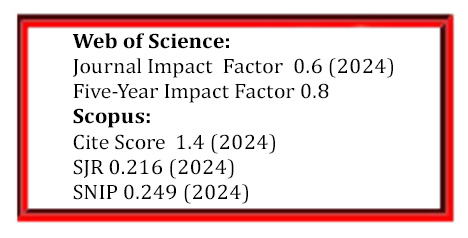Microfluidic-Engineered Preparation of Poly-L-lactic Acid Porous Microspheres as Cell Scaffolds
DOI:
https://doi.org/10.5755/j02.ms.38517Keywords:
tissue engineering, porous microspheres, microfluidic, PLLA, cell scaffoldsAbstract
Regenerative medicine has emerged as a promising field to address tissue damage and organ failure, with porous microspheres playing a crucial role as cell carriers in tissue engineering applications. However, conventional fabrication methods often result in heterogeneous size distributions and poorly controlled pore structures, limiting their effectiveness. This study leverages microfluidic technology to overcome these challenges and develop uniform poly (L-lactic acid) (PLLA) porous microspheres. We comprehensively evaluate their physical and biological properties, including morphology, size distribution, pore structure, and biocompatibility. Through long-term culture experiments, we investigated the microspheres' capacity to support cell growth and proliferation, demonstrating their effectiveness as cell scaffolds. Our research provides valuable insights into the potential of microfluidic-produced PLLA porous microspheres and its further translational medicine.
Downloads
Published
Issue
Section
License
The copyrights for articles in this journal are retained by the author(s), with first publication rights granted to the journal. By virtue of their appearance in this open-access journal, articles are free to use with proper attribution in educational and other non-commercial settings.



